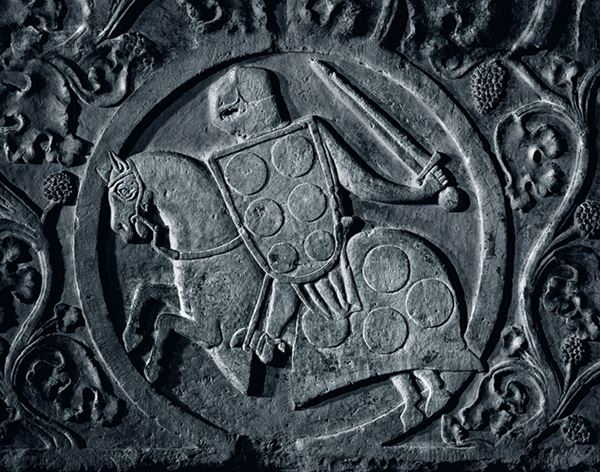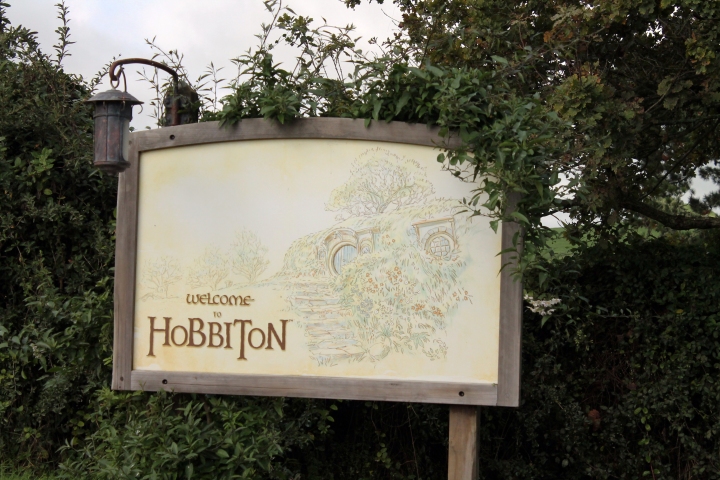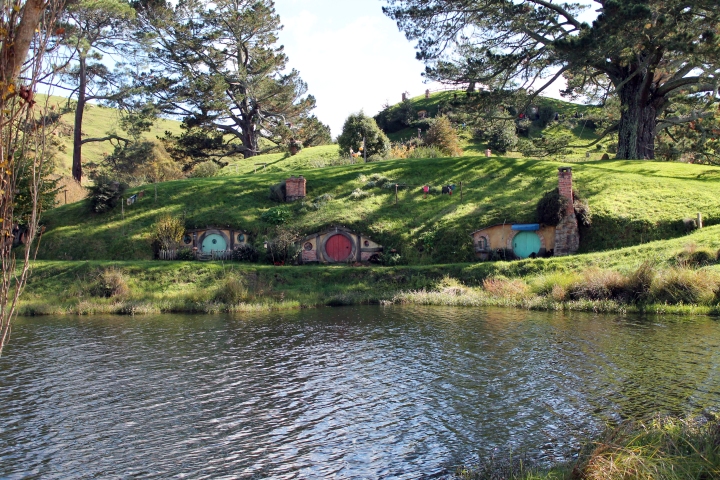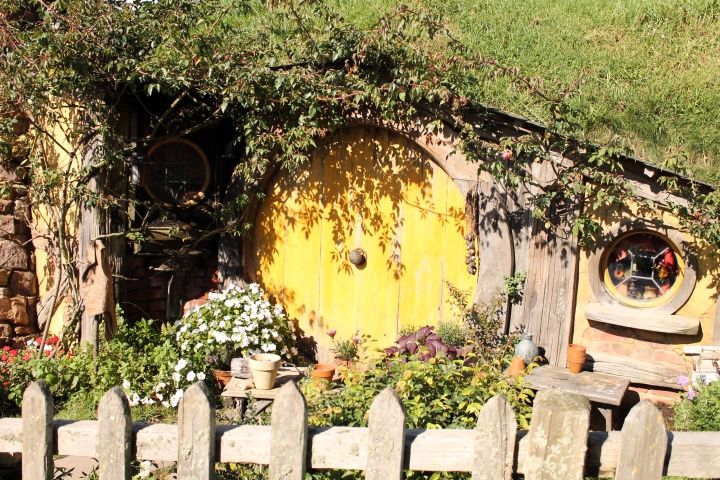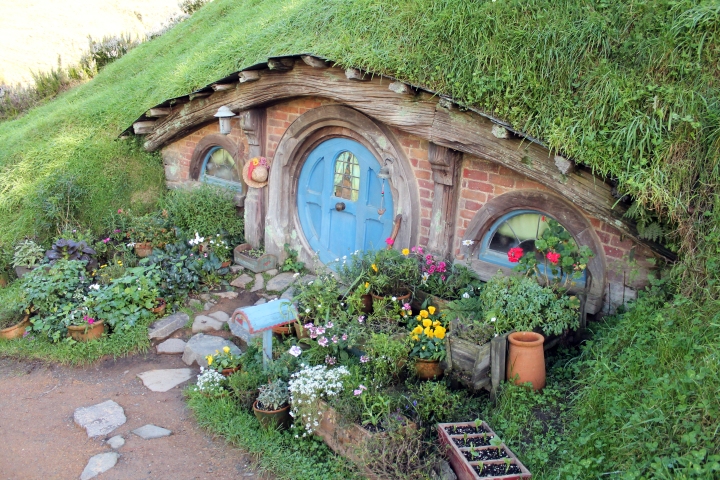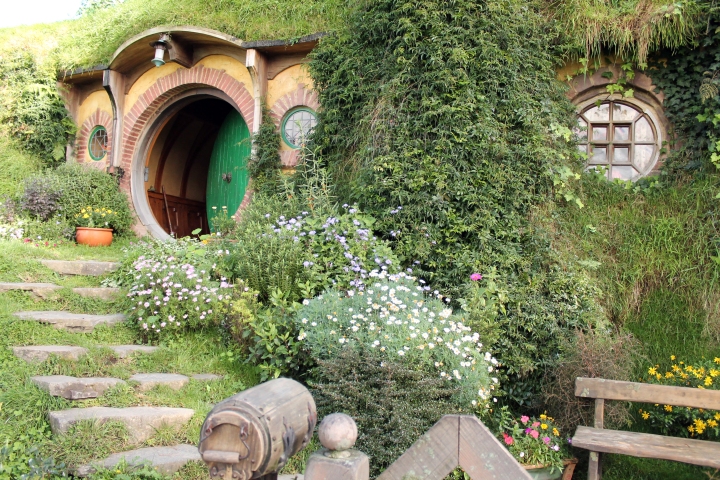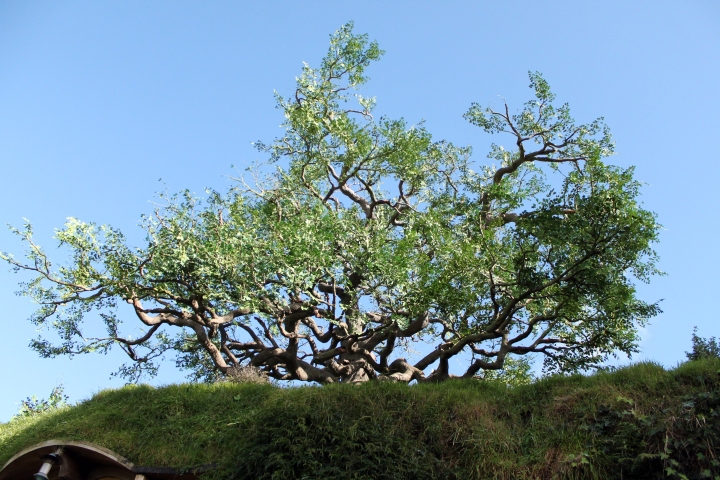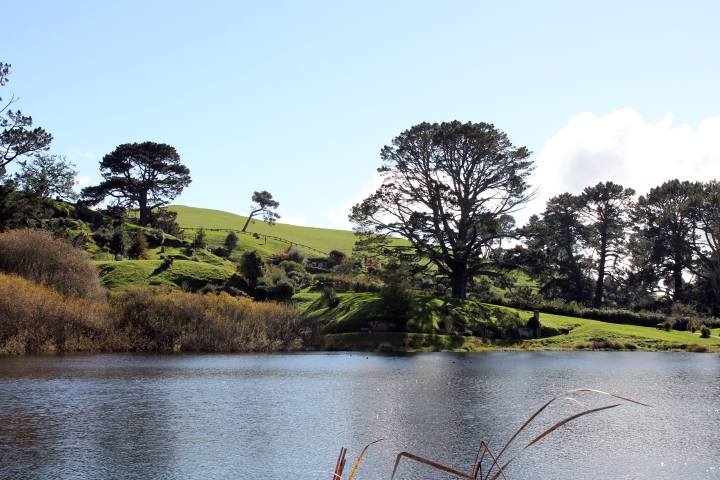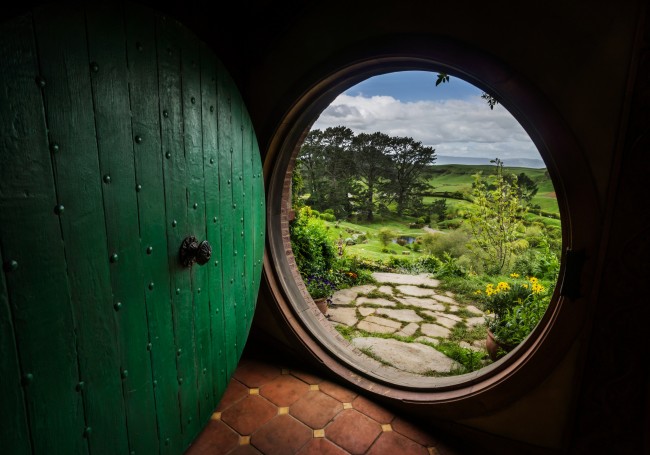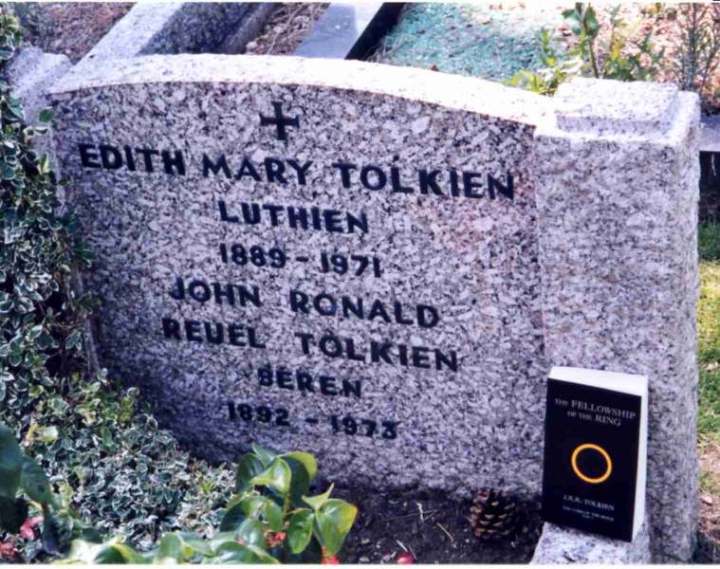You should never judge a book by its cover, right? Maybe this is true. After all, it is what is inside the book that really counts.
Unfortunately, I do not believe this is possible. Anyone who says they have never judged a book by its cover, in my opinion, is lying. I know I have a penchant for gorgeous book covers. That is why I have collector’s editions of all the Lord of the Rings books and The Hobbit. Specifically, I have these ones:

They are hardcover and clothbound. When you line up the three volumes of the Lord of the Rings, their spines form the Tree of Gondor. These are my absolute favourite book covers I have ever seen…I think they would be quite tempting to someone who had not read these books before. Sadly, however, they are out of print. Thus, the only way you can get them is searching bookstores and the Internet for any remaining copies. When I was trying to complete my set, I had to order a copy all the way from India. That is commitment to gorgeous covers, I tell you. I had to wait weeks for it to arrive.
There is another reason I think the saying about not judging a book by the cover is only partly true. I know when I browse bookstores or the Internet looking for something new to read, I am often attracted by the cover. Sometimes, the cover is all I see. If it is nice enough, I will likely take a second look and may even walk away with it.
We know book covers have power. There is no denying it. Thus, I think it is worth examining the role covers really play in telling a story without words. Let’s begin!
Evoking Emotion
In my opinion, the front cover of a book needs to evoke some sort of emotion in the reader. In the case of horror books, a good cover (to me) would be a little scary. Mystery novels should hold some darkness and intrigue. Check out this one, for example:
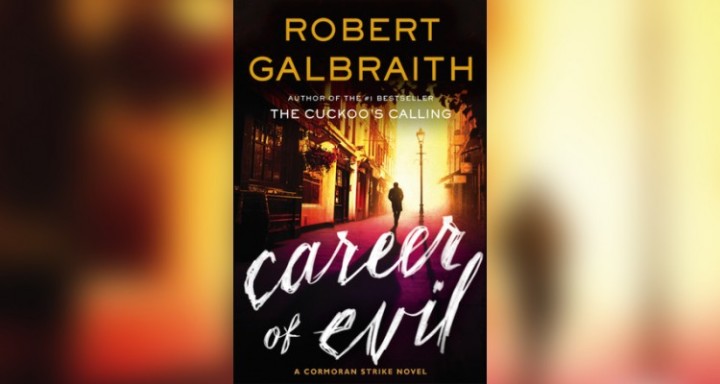
I suspect this is why many romance novels try to make the reader feel “fluttery” or something akin to that when they look at the cover. I think the best romance novel covers though, try for “intimacy.” However, it is not the physical intimacy I mean here, but rather emotional intimacy. That, to me, translates a romantic connection (a truer one) better on a book cover than a half-naked man does.
Real Scene
Many book covers choose to show a real scene from the book. This can be a good tool, as it gives readers an accurate glimpse of what is going on. However, it does run the risk of becoming too “busy” and overwhelming the reader. Most often, you will see this with the movie versions of book covers, although others will do this (including a few different covers of The Wonderful Wizard of Oz by L. Frank Baum).
Many designers seem to take influence from elements of a real scene and alter that to fit a dynamic cover design. This often leads to using symbols on the cover, which brings me to my next point.
Symbolism
I have a complicated relationship with symbols in books. In many cases, I stand by my view that, while an author may use symbols in some manner, how can we really determine what these symbols mean without an explanation?
Having said that, I do think symbols can play an important role on the covers of books. They can be, of course, either literal or figurative. Look at this stunning cover redesign of the Harry Potter series (below). Do you see the images on the covers? They do have some significance regarding the story within the pages, do they not?
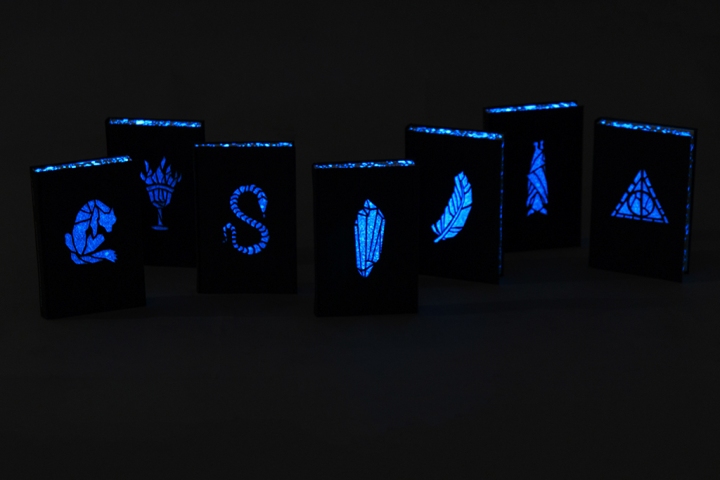
This particular set of covers does not seem to be available commercially (I so wish they were), but I found an article talking about the artist who created them. It put some words to the pictures on the cover, and having read the books myself, they do make perfect sense.
What do you think about the power of symbolism on book covers? Does it have a place for you?
Simple Attraction
Overall, I think book covers play a major role in simply attracting readers to their stories. Sure, the book blurbs and tease into the content are both important, but if the book does not have a nice cover? Well, I for one may not even pick it up to get to the content tease.
What role do you think book covers play? Do you agree with some of the things I have said? Do you have other ideas I have left out? Let me know! I want to hear what you think.
